RICHARD BATEMAN, PRINTER, & BOOKBINDER OF APPLEBY
& SELLER OF PROPRIETARY MEDICINES
In browsing through the British Library’s online archive of Cumbrian newspapers for the first half of the nineteenth century and searching for various keywords, I came across an intriguing advertisement from 1826 offering for sale the whole stock in trade and equipment of an unnamed Appleby printer and bookbinder.
This may refer to the stock of John Chapelhow, the town’s earliest-known printer who flourished from 1802 until his death in March 1823. Shortly after Chapelhow’s death his son, also called John, made a declaration, as required by the Seditious Societies Act of 1799, that he had printing equipment and intended carrying on the trade. However, no evidence has come to light of any activity by him in the ‘black art.’ Chapelhow senior’s widow, who was the librarian of the Appleby Book Club, became the town’s postmaster, an office she held until 1836.
Chapelhow’s competitor in Appleby was Richard Bateman of whom we first have notice in March 1814 when his wife (who was described as a bookbinder) gave birth to their first child. The young family seemed to have suffered some misfortune for in October of that year the dwelling house that was being repaired and fitted out for them was ‘broken into and every drawer and box searched.’ In January of 1815 Bateman made the required declaration under the Act cited above, and shortly thereafter printed a pamphlet by the Revd J. Elliott: No safety in a Cumberland vicar’s faith. This was one of a number of contributions to a minor pamphlet war concerning the execution of William Grierson at Appleby which several local clerics chose to use as a medium for attacking each other while displaying their knowledge of scripture. At about the same time he, or his bookbinder wife, bound up a copy of Maule & Selwyn, Reports of cases argued and determined in the court of King’s Bench, Volume 1, (London, 1814); he, or she, probably also bound the other volumes in the series between then and 1823 but, although the same decorative tools are employed throughout the series, their binders’ ticket is only present in the first volume.
Between 1815 and 1823 Bateman printed several other titles ranging from a small four-page booklet for George Gibson, Lines of meditation on the Vale of Crosby, to the rather more substantial Travels in the United States and Upper Canada by William Dalton. Other than these we have precious few examples of his work as a printer or bookbinder. But a search of the advertisements in the local newspapers of the period shows that he seems, like many provincial book trade members of the later hand-press era, to have done a certain amount of trade in proprietary medicines.
If you needed relief for bodily ailments in Appleby at the time, then Bateman was the man to see for potions and pills such as: Barclay’s Original Ointment which ‘never fails to cure the itch’; Bateman’s Pectoral Drops, ‘the most valuable medicine ever discovered’; Ramsay of Penrith’s Bitumious Fluid, ‘for winter comfort for those afflicted with the gout’ and the Revd Carrington’s Life Pills, which – we are assured – ‘increases the energy of the brain.’ However, if your troubles involved small furry creatures then Bateman would provide you with Aikin’s Composition, ‘for destroying rats and mice.’
Whether the advertisement offering a printer’s materials refers to that of Chapelhow or Bateman remains to be determined. Suffice to say that in 1821 Bateman made over all his stock in trade, household goods and personal effects to Robert Hudson (cabinet maker) and William Hodgson (glazier) both of Appleby, and all his creditors and debtors were required to contact Mr Tweedy, attorney of Appleby, with all seemly haste. Bateman continued to trade in a minor way until at least June 1827 when he is last heard of as an agent for the Carlisle Patriot, a newspaper printed by Benjamin Scott, founder of a printing business in Carlisle which eventually began printing on tin for the biscuit makers, and fellow Quakers, Carr’s of Carlisle; a development which eventually led, through several amalgamations, to the company we know today as Metal Box.
Barry McKay
Appleby-in-Westmorland Society Newsletter 119, March 2017
—
1. http://www.britishnewspapersarchive.co.uk
2. Westmorland Gazette, 12 August 1826.
3. 39 George III, cap.79 (see William B Todd, A directory of printers and other allied trades… (London, 1971), vii-xv.
4. Carlisle Journal, 29 October 1814.
5. Westmorland Gazette, 28 July 1821.

